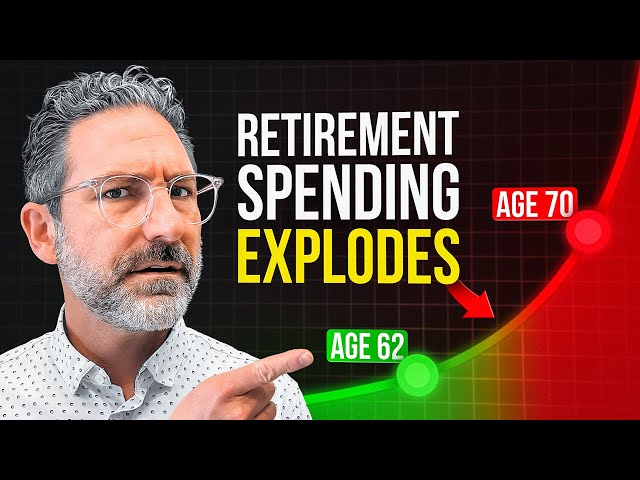Predicting the exact date when you'll retire is challenging, as highlighted by a recent study by the Employee Benefit Research Institute.
This research found that while 50% of people aim to retire after age 65, 70% actually retire between ages 62 and 64. This discrepancy is due to various factors, including unexpected opportunities or health issues. As financial planners, we've seen firsthand that most people retire earlier or later than planned, emphasizing the need for a flexible retirement strategy.
Embrace a Flexible Retirement Plan
Planning your retirement date can be daunting due to emotional and logistical challenges. However, embracing flexibility in your retirement planning can alleviate much of this stress. Let's explore three key steps to developing a flexible retirement plan that will prepare you for whatever the future holds.
Step 1: Identify Your Earliest Possible Retirement Date
Determining the earliest date you could retire involves balancing your savings with your expected retirement expenses. This balance is crucial for creating a realistic retirement plan.
A practical approach is to document different scenarios in a one-page financial plan. For instance, you might outline a plan where John retires at 67 with a $125,000 lifestyle or at 63 with a $110,000 lifestyle. The goal is to ensure that you have a plan that allows for flexibility, making it possible to retire early if necessary.
Step 2: Create Your Financial Narrative
Organizing your financial life is essential for retirement planning. Start by tallying your accounts and calculating how much income your investments can generate. Consider the timing of Social Security benefits and other critical factors.
This comprehensive overview helps you ask important questions about your retirement finances, ensuring you have realistic and achievable goals.
Additionally, make sure you cover essential aspects such as healthcare, vacations, and unexpected expenses like home repairs.
For more guidance, check out our video on creating a one-page financial plan.
Step 3: Practice Retirement
One of the most overlooked aspects of retirement planning is figuring out how you'll spend your time.
Yes, this sounds like fun, right?
Transitioning to retirement is a significant life change that requires careful consideration. To get a taste of retired life, try living on your retirement budget for a month or schedule activities that you plan to pursue during retirement.
Some retirees find new passions or hobbies they hadn't considered before.
For example, one retiree I worked with wanted to write short stories, while another aspired to become a master gardener. You really never know what you’re going to want to do with all the extra time.
Taking two weeks off work to live like you're retired can also be an enlightening experience. Avoid going on vacation during this period; instead, engage in activities and routines you envision for your retirement.
Flexibility is Key!
The path to retirement is rarely straightforward. By adopting a flexible retirement plan, you can prepare for unexpected changes and make a smoother transition into this new phase of life. Remember, the goal is not just to retire but to retire with peace of mind, knowing you're ready for whatever comes your way.
If you found this content helpful, don't forget to subscribe to our channel for more insights.



%20(2).jpg)





.jpg)




